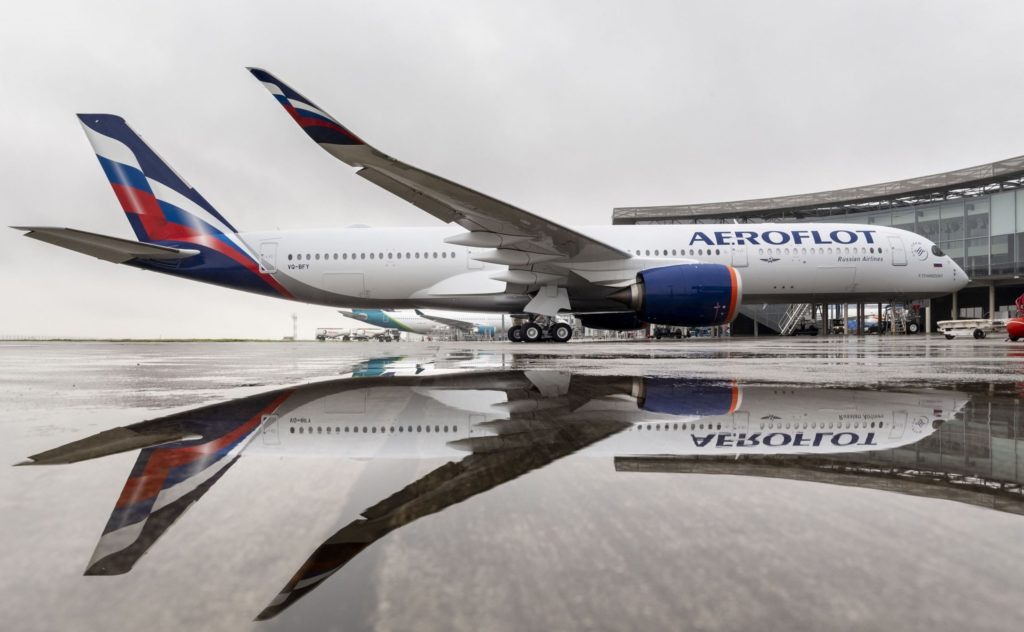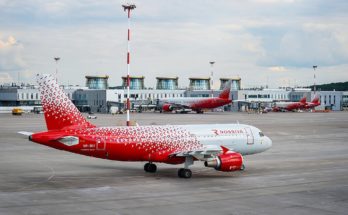
In the immediate aftermath of the Russian Federation’s unprovoked invasion of Ukraine in 2022, the United States and European Union quickly moved to impose a far-reaching regime of sanctions on the Russian aviation industry. For Russian airlines and other civil operators, the new sanctions framework introduced serious long-term vulnerabilities into their operational framework, cutting them off from global maintenance and component channels and rendering them potentially unable to sustain the operation of their fleets of Western-sourced aircraft, which had grown increasingly large over the preceding two decades.
The impact of these sanctions was not immediately apparent in 2022, as Russian operators drew on existing component stocks and relied on recently executed maintenance work to carry their often reduced fleets through the remainder of the year; the airline Pobeda took the dramatic preemptive step of reducing its operational fleet size by some 40 percent in a bid to preserve precious resources. However, these latent risk factors have begun to metastasize into a deeper crisis for Russian civil aviation through 2023 and are pushing the operational viability and safety standard of Russian civil aircraft to their breaking point.
The deepening state of dysfunction across the industry can be best exemplified by the startling revelation by Russian investigative journalists in May 2023 that personnel from Russian flagship airline Aeroflot had been instructed by management to cease reporting of standard equipment defects in a bid to circumvent safety regulations and allow aircraft to continue flying despite potentially suboptimal safety conditions.
However, such measures have only proven partially successful in obscuring the deteriorating condition of Russia’s airlines, with material issues bursting into the open in an undeniable fashion. In August 2023, maintenance shortfalls resulted in the grounding of two Boeing 777 passenger aircraft operated by Russian airline Red Wings, resulting in passengers bound for the Russian city of Yekaterinburg being stranded in Turkey for days as the small airline grappled with the crisis. Similar incidents of smaller scale have continued to quietly ripple through the Russian aviation press over the past year.
Although Western-sourced aircraft are in the most vulnerable position, the globalized nature of component production means that even indigenous Russian platforms are not immune from these mounting pressures. Although Russian efforts to ramp up domestic component production and find means of evading sanctions have proven intermittently successful in prolonging the flight capacity of Russia’s airlines, so long as the war persists even these measures are liable to be insufficient to reverse the increasingly precarious status of the nation’s civil operators.




